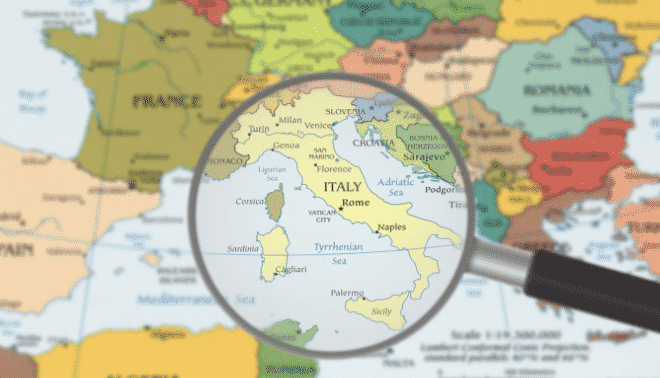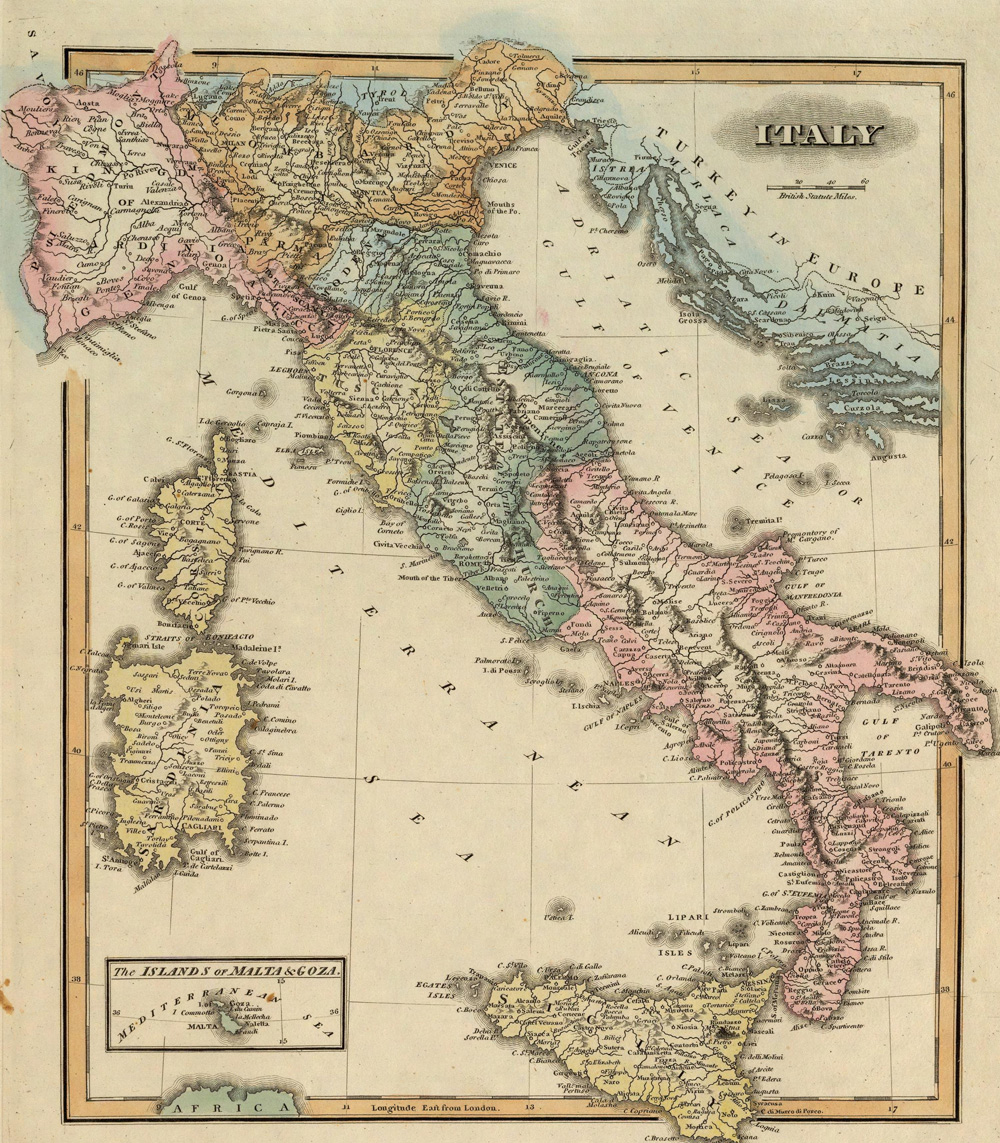Before you learn where to find Italian records, you’ll need to know what records you’re looking for in the first place. And the best records to research an Italian family are stato civile records, or registration records of births, marriages and deaths kept by civil government authorities.
Different regions of Italy began record-keeping at different times, so when they begin for your family will depend on your ancestors’ town of origin. Civil records from different eras also have different names, and are indicated as such in Italian genealogy websites:
- Stato civile napoleonico (1804–1815; civil registration of the Napoleonic Period, or SCN): Areas ruled by Napoleon Bonaparte (which was almost all of modern-day Italy) began record-keeping during his reign.
- Stato civile della restaurazione (1815–1860/1865; civil registration of the Restoration Period, or SCR): Northern Italy largely stopped civil registration after Napoleon’s defeat, but most of southern Italy in what was the Kingdom of the Two Sicilies continued the practice. (Note: The island of Sicily began in 1820.)
- Stato civile italiano (1860/1865–present; Italian civil registration, or SCI): Registration became law throughout the country upon Italian unification, though some areas didn’t begin until the early 1870s. (Other areas may not have been annexed by Italy until later.)
Genealogists should also keep in mind where civil records were filed. Each event generated two copies of a record: one for the comune (town) meant to track marriages, movements and deaths; and a second for the tribunale (district courthouse) meant for use in legal proceedings. The latter—also called “second copies”—were supposed to be sent to the archivio di stato (provincial archives) after 70 years, though this sometimes didn’t happen or was delayed.
Online versions of records are generally those “second copies,” collected from the tribunale or the archivio di stato. As such, if a year is missing from the online records or is damaged, you should also check for that other copy in the comune records—most of which aren’t online.
Checking might be worthwhile even if you do find your ancestor’s record, since “first” copies in the comune are more likely to have annotations about the individual’s later marriage and/or death. Those annotations were generally made at the town level, but may not have also been recorded at the tribunale level.
Understanding the different record locations also might explain why records are available for some towns in a province but not others. Records from towns in just one tribunale might have been lost, or (conversely) perhaps only one tribunale’s collection of records made it to an arhicivio di stato for safekeeping.
Related Reads
A version of this article appeared in the Jul/Aug 2021 issue of Family Tree Magazine.







